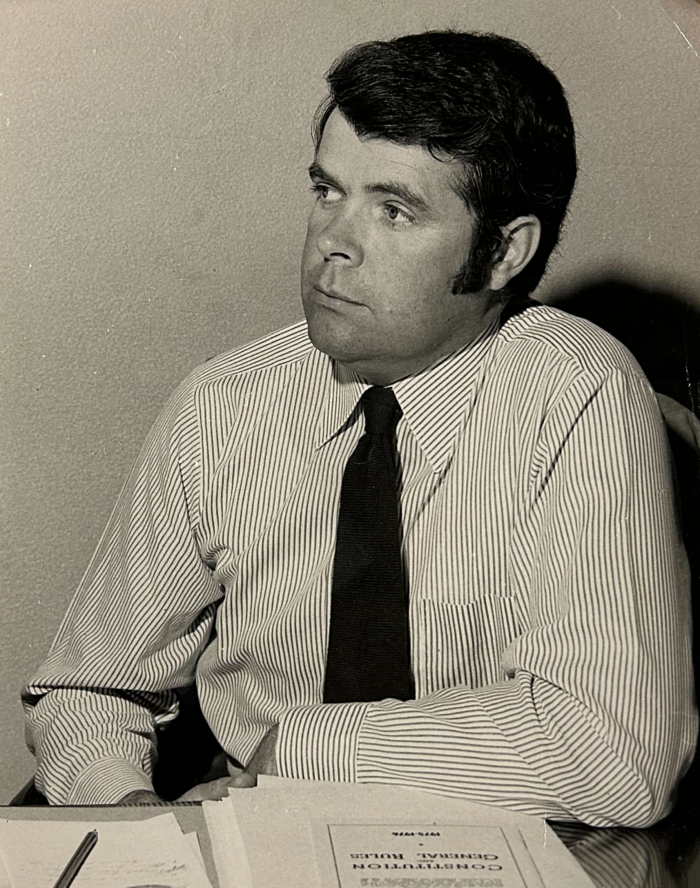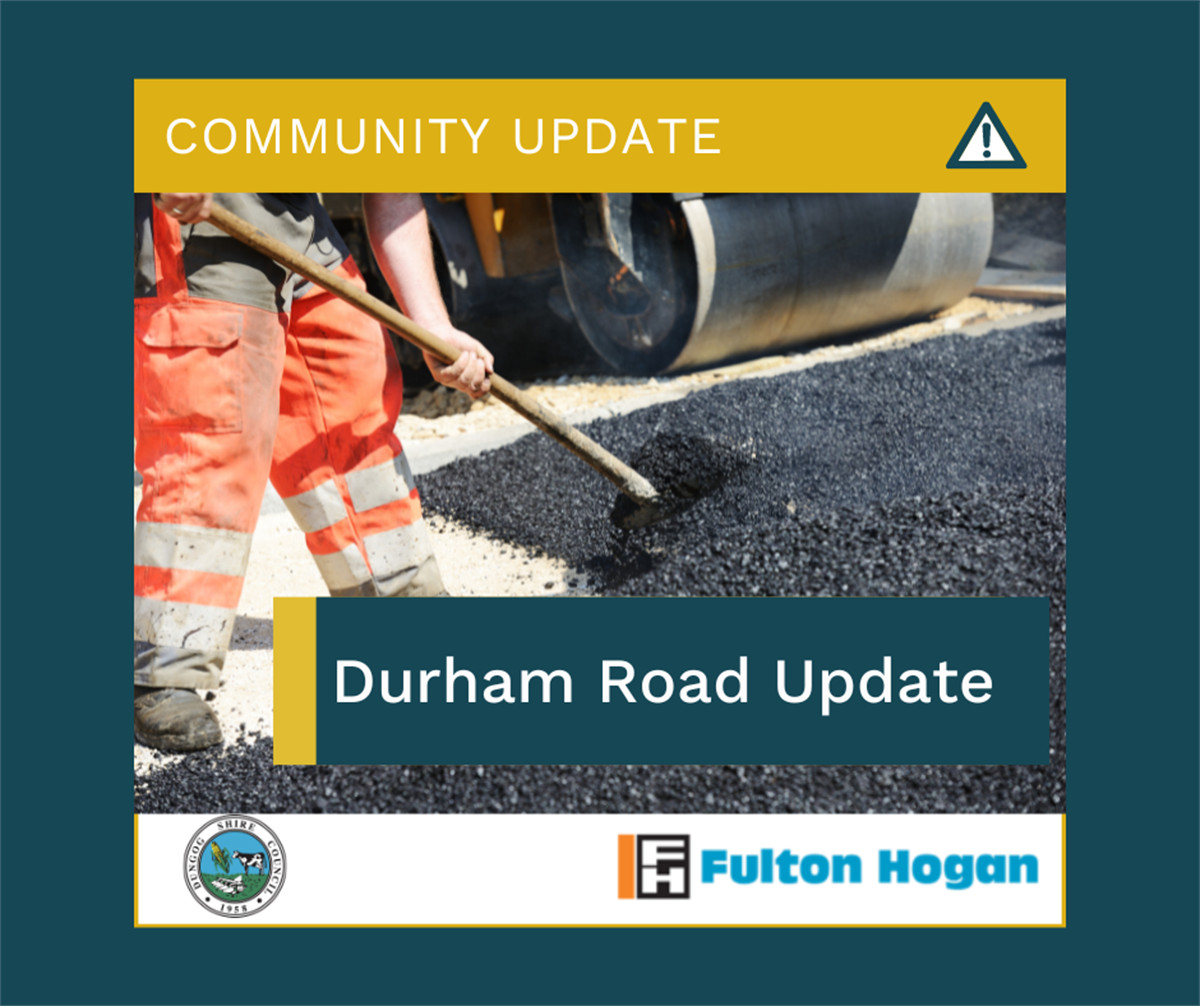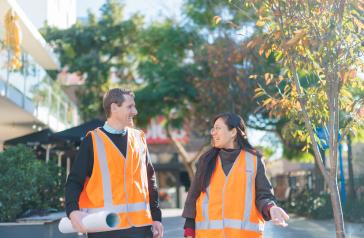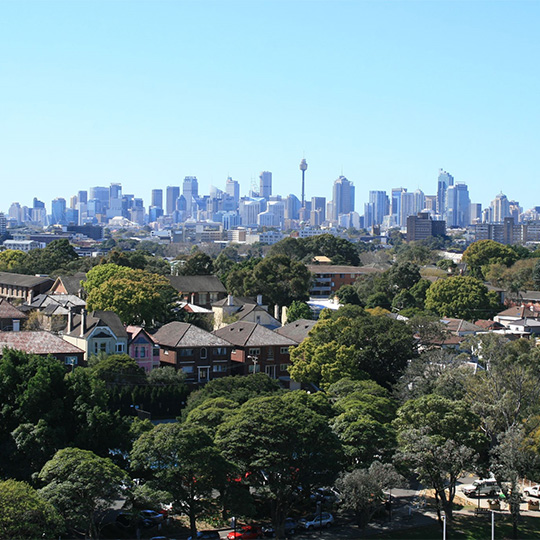Orange residents are being encouraged to get ready for the next steps towards the transition of the Orange CBD into a High Pedestrian Activity Area (HPAA).
On 1 December new road signs will be unveiled telling drivers they are entering a High Pedestrian Activity Area where there’s a 40km/h speed limit. Research shows there are less road accidents where people are injured in HPAA zones.
City of Orange Traffic Committee Chair, Cr Tony Mileto said Orange has been transitioning to being a pedestrian friendly city over several years.

SAFER: The streets of Orange’s CBD is set to become event safer once a new High Pedestrian Activity Area begins 1 December.
“Our CBD is becoming a destination residents travel to and spend time in, not a route for through-traffic.
“In the same way that building the northern bypass successfully took cattle trucks out of the centre of town, this change will gradually encourage local commuters to choose other routes such as Moulder and March streets to avoid the CBD, creating an even more pedestrian-friendly zone.
“We’re a growing city with more and more traffic.
“Anyone who drives regularly in our CBD knows you’re rarely travelling faster than 40km/h an hour.”
Orange City Council Road Safety Committee Member Cr Kevin Duffy said the new zone will be safer for both drivers and pedestrians.
“This change is about making our main shopping area more pedestrian-friendly, but the research is clear that it should also make it safer for drivers,” Cr Kevin Duffy said.
Orange-Cabonne Council Road Safety Officer Andrea Hamilton-Vaughan said the new speed limit will boost safety for pedestrians.
“If someone is hit by a car doing 40kms an hour they have a 60% chance of survival. For cars doing 50 km an hour that drops to only ten per cent,” Andrea Hamilton-Vaughan said.
“We want pedestrians to be able to go home safely to their families.”
FACT SHEET:
- High Pedestrian Activity Areas already exist in many metropolitan and regional centres throughout the state.
- They are a successful way of making town centres more attractive and becoming places to spend more time.
- Transport for NSW research shows roads with High Pedestrian Activity Areas have experienced almost double the reduction in casualty crashes compared to other urban roads over the last 20 years.
- Parkes is one of dozens of towns and suburbs across NSW which has added a High Pedestrian Activity Area to their CBD.
- Others include Mudgee, Pennant Hills, Katoomba, Artarmon, North Sydney, Taree, Forster, Belmore, Paddington and Oatlands.
- After community consultation in December 2020, Orange City Council asked Transport for NSW to consider lowering the speed limit in the CBD.
- The Orange Business Chamber supported the change, based on pedestrian safety and making the CBD more walkable.
- In June this year, a textured and coloured asphalt surface was heat-stamped onto the roadway at 14 entrances to the greater CBD, bounded by Peisley, Kite, Hill, and Byng streets.
- Drivers feel a small vibration as they drive over the surface to remind them to drive at a speed that matches a zone where there’s more pedestrian activity than usual.
- This project has the approval of, and is completely funded by, Transport for NSW.
- The cost of installing the new road signs and the textured and coloured asphalt surfaces was funded by a $1 million grant from Transport for NSW.
- Under Transport for NSW regulations, the switch to a High Pedestrian Activity Area requires a 40km/h limit.
The post Residents urged to prepare for next steps towards CBD pedestrian safety appeared first on Orange City Council.








